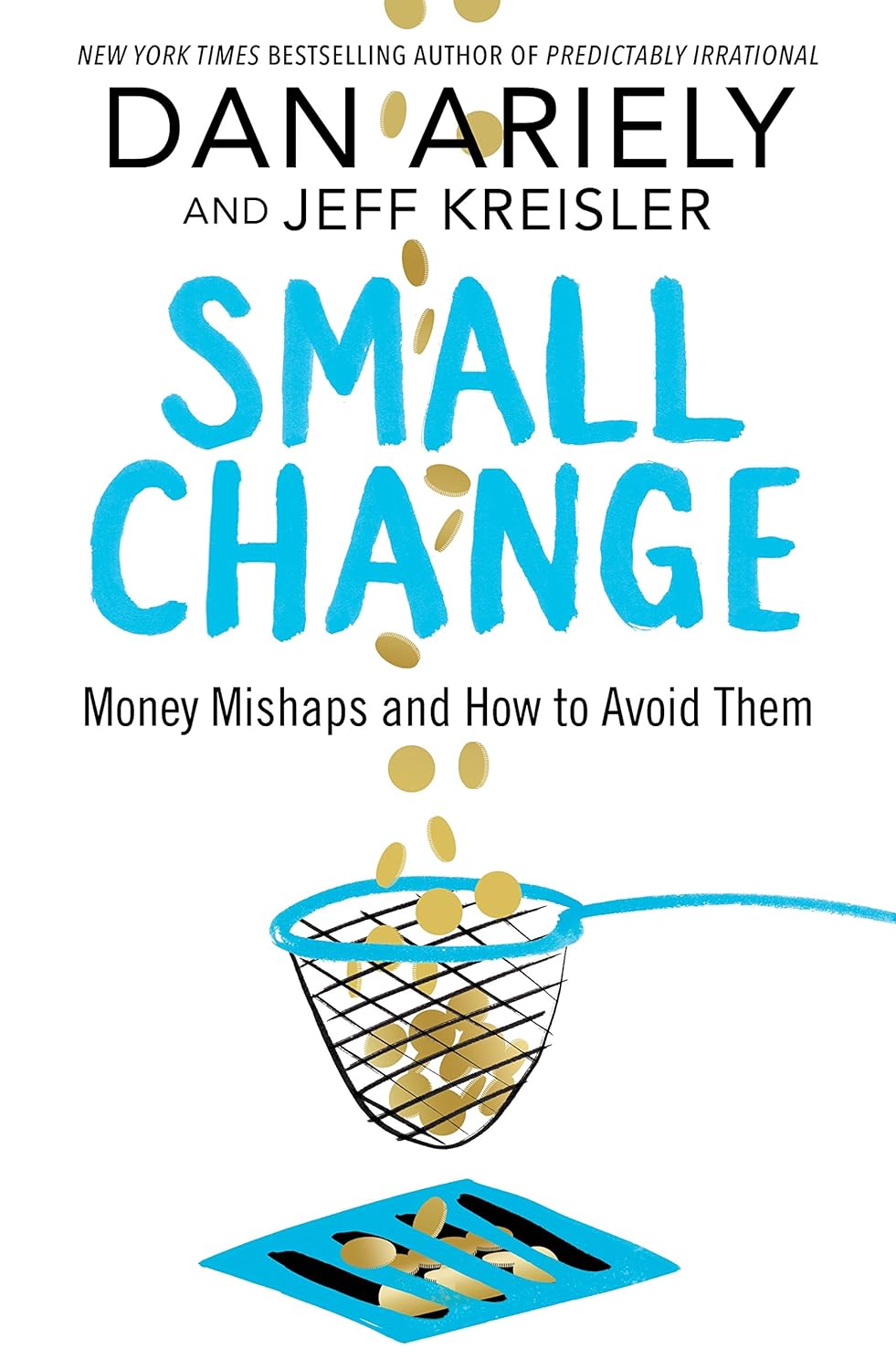Total Revenue Management: The Future of Hotel’s RM
 PriceBeam
·
2 minute read
PriceBeam
·
2 minute read

Some years ago, Cornell University’s Sheryl Kimes published a report on the future of revenue management in the hotel industry. She surveyed almost 500 professionals, mainly revenue managers from the industry, but also consultants and revenue managers from the airline industry. One of the things they highlighted was a shift from the traditional focus on revenue per available room (RevPAR) to total revenue management. However, years have passed, and while some of the major chains have adopted this approach, many are still lacking behind.
What is Total Revenue Management
It’s a term used to describe a more holistic way of thinking where all revenue sources are considered. A guest at a hotel will, of course, have booked a room, but typically, this is far from the only revenue source. He may dine at the hotel restaurant, visit the spa or get a massage. With our traditional RevPAR-glasses on, this wouldn’t be part of the equation when looking at the attractiveness of different customer segments.
Why It’s Important
The traditional RevPAR approach is biased towards those that have a high willingness to pay for the room itself, but not for extra services. Let’s take senior guests, for example. We know for a fact that the average person peaks financially mid-life, and seniors are statistically speaking a consumer segment with a relatively low purchase power. Thus, their willingness to pay for rooms is relatively low. However, seniors gain enormous utility from convenience. The fact that they won’t have to walk or drive to get to a restaurant is very important to them, and they’re quite likely to eat at your restaurant. Also, as senior people become more easily tired, they will probably spend more time on the hotel, and less time going out -- which will increase their chances of purchasing extra services.
On the other hand, the middle-aged couple will have a high willingness to pay for the room, but at the same time, they don’t mind walking a bit to get to try a new restaurant every day. They don’t mind spending a whole day away from the hotel.
Obviously, the examples above are generalizations, but nevertheless the point remains; there is not always a direct tie between willingness to pay for core services and willingness to pay/willingness to buy for extra services. Thus, merely looking at RevPAR is too simplistic an approach for revenue optimization.
Other Things to Consider
Products & services are not the only things to consider in total revenue management. For instance, if certain customer segments show a tendency to do early checkouts, how does that affect your revenue streams? How much value do you place on such behaviour?
Also, although it is called total revenue management, scholars and practitioners emphasize the importance of looking at free products and services, too. Despite that a cash transaction does not take place, it is still relevant to consider if certain segments have higher consumption of such services or not. For example, if 3 meals a day are included in the price, who show a tendency to skip lunch, and who makes a point of consuming 3 meals at the hotel every day, because ‘that’s what we paid for’?
It’s all about adopting a holistic mind-set.
.png?width=400&height=100&name=PBLogoTransparent%20(1).png)




